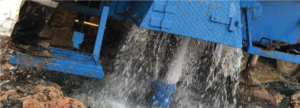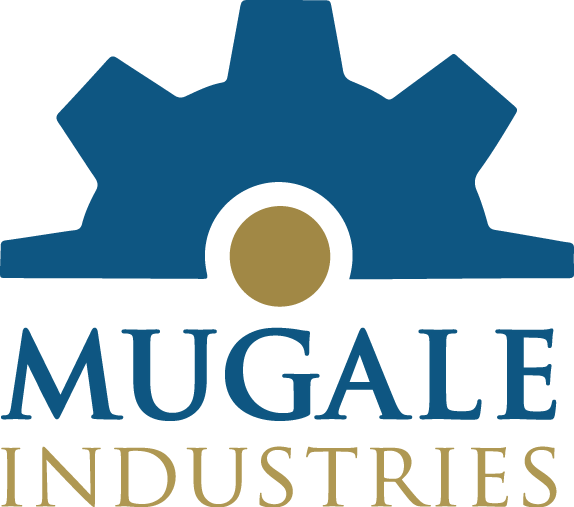Abstract:
This case study focuses on the implementation of reverse circulation (RC) drilling techniques at the Pakaka Mining Project located in the Congo. RC drilling is a widely used method for mineral exploration and resource definition due to its efficiency in obtaining quality samples. The study explores the advantages of RC drilling, the challenges faced during implementation, and the overall impact on the mining operation.
Introduction:
The Pakaka Mining Project is situated in the mineral-rich region of Congo, renowned for its vast mineral resources. The project aims to explore and extract valuable minerals, including gold, copper, and cobalt. As part of the exploration process, RC drilling was employed to assess the mineralization potential and gather crucial geological information.
Objectives:
The primary objectives of implementing RC drilling at the Pakaka Mining Project were as follows: a) Efficiently collect representative samples for geotechnical and geochemical analysis. b) Define and delineate mineralized zones for further resource estimation. c) Minimize drilling costs and maximize productivity by employing a faster drilling method.
Methodology:
The RC drilling campaign at Pakaka involved the following steps:
a) Rig Selection: Suitable RC drill rigs were chosen based on the geological conditions, drill hole depths, and target mineralization.
b) Drill Pattern Design: A systematic drill pattern was developed to cover the entire exploration area effectively.
c) Drilling Operations: RC drilling commenced, utilizing compressed air to circulate cuttings to the surface for collection and analysis. d) Sampling and Analysis: Representative samples were collected at regular intervals and analyzed for mineral content, grade, and other geotechnical parameters.
Advantages of RC Drilling:
The implementation of RC drilling provided several advantages for the Pakaka Mining Project, including:
a) Faster Drilling Rates: RC drilling allowed for higher drilling rates compared to conventional methods, reducing overall drilling time.
b) Cost Efficiency: The ability to collect samples during drilling minimized the need for separate sampling operations, leading to cost savings.
c) Improved Sample Quality: The RC drilling technique ensured better sample recovery, resulting in more accurate geological and mineralogical data.
d) Reduced Environmental Footprint: By effectively containing and managing drilling fluids, RC drilling minimized the impact on the surrounding environment.
Challenges Faced:
During the implementation of RC drilling at Pakaka, several challenges were encountered:
a) Geotechnical Conditions: Unstable ground formations and variations in rock hardness posed challenges for drill bit selection and penetration rates.
b) Logistics: Remote location and limited infrastructure required careful planning and
coordination of equipment and personnel.
c) Technical Expertise: Adequate training and expertise were required to operate and maintain
the RC drill rigs effectively.
Results and Impact:
The implementation of RC drilling at the Pakaka Mining Project yielded significant results and had a positive impact on the operation:
a) Enhanced Exploration Efficiency: RC drilling facilitated faster exploration and geological data acquisition, expediting the decision-making process.
b) Improved Resource Estimation: The collected samples provided accurate information about mineralization zones, aiding in resource estimation and mine planning.
c) Cost Savings: The integration of RC drilling reduced operational costs associated with sampling and increased overall drilling efficiency.
d) Environmental Compliance: The controlled nature of RC drilling minimized environmental disturbances, ensuring adherence to sustainable mining practices.
Conclusion:
The case study demonstrates the successful implementation of reverse circulation drilling at the Pakaka Mining Project in Congo. The utilisation of RC drilling techniques resulted in improved exploration efficiency, reliable data collection, and substantial cost savings. By overcoming challenges and leveraging the advantages of RC drilling, the project achieved significant progress in mineral exploration and resource definition, contributing to the sustainable development of the mining operation in the region.




